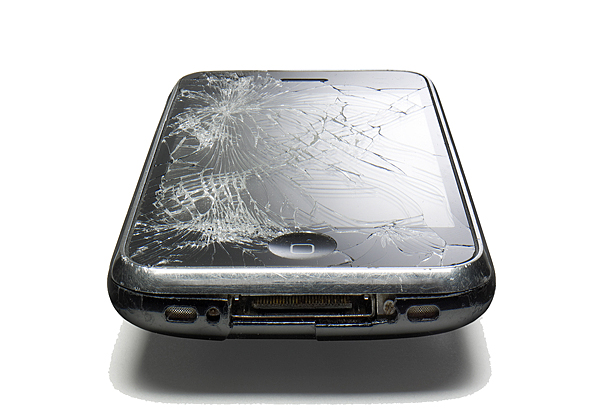 Analysts have found out that the secondary iPhone market is developing no less actively than the primary one. And every year it becomes more and more important not only for Apple itself, but also for foreign operators.
Analysts have found out that the secondary iPhone market is developing no less actively than the primary one. And every year it becomes more and more important not only for Apple itself, but also for foreign operators.
Experts from Consumer Intelligence Research Partners (CIRP) recently conducted a study of the secondary iPhone market in the United States. The results surprised them beyond words: since October 14, 2011, when sales of the iPhone 4S began, 53% of buyers of the new version of the smartphone have put their old phones on the secondary market. Of these, 49% were for outdated iPhone models, 21% for BlackBerry smartphones and 15% for Android devices on board.
Mike Levin, one of the founders of CIRP, associates such a bias towards the iPhone with the widespread popularity of the gadget. “For many, the cult status of the device is the deciding factor when buying,” he said.
No less interesting is the following circumstance: 87% of those who gave or sold their iPhone are confident that the former devices will be activated online. Based on this, CIRP assumed that old iPhones accounted for 11% of activations since the release of the iPhone 4S by the time of the study.
This figure explains the difference, sometimes observed by analysts, between the number of activations and sales of devices.
CIRP is also confident that the operator saves $400 on each used iPhone. The bottom line is that devices unsubsidized by operators are sold on the secondary market. In other words, with each activated but used device, operators do not pay part of its cost to Apple, because they do not put it on the market at a much lower price, as is the case with new devices. Thus, in the fourth quarter alone, American operators AT&T and Verizon saved $400 and $800 million on subsidies, respectively.
As for Apple, the presence of such a large secondary market is not so clear for it: there are both positive and negative sides.
As a positive circumstance is the fact that users of older iPhone models are also users of the iTunes Store, which means that they bring income to the company. In addition, do not forget that buyers of supported models may want to purchase a new model in the future. Roughly speaking, they become likely buyers of the device from Apple itself in the distant future.
If we talk about the disadvantages, the main one is the competition between supported smartphones and outdated iPhone models presented on the primary market.
In general, the secondary market has a positive effect on the entire Apple ecosystem.


